Switching your dog to a raw food diet can feel exciting yet scary. This guide makes raw feeding simple, offering a raw dog food 3-day meal plan for beginners. It also comes with a detailed shopping list. This helps your pet smoothly transition to a diet their ancestors ate in the wild.
The plan focuses on balanced nutrition and addresses worries like bone choking or dietary imbalances. It’s designed to be easy to digest and appealing, laying the groundwork for a healthier diet. This diet aims to boost your dog’s energy and overall health.
Introduction to Raw Dog Food
Learning about what is Raw Dog Food helps pet owners choose wisely for their dog’s diet. Raw dog food mimics the diet of wild dogs with raw meat, bones, organs, fruits, and veggies. It delivers vital nutrients to dogs in the most natural way.
Many believe in raw feeding for its great benefits. These include better digestion, more energy, and a shinier coat. It can also lead to healthier teeth. The food mix is often either 80% meat with 20% fruits and veggies or 60% meat with 40% vegetables and grains.
For beginners, knowing about raw feeding is key. The BARF diet focuses on meats, bones, organs, fruits, veggies, and supplements. A common rule is 80% muscle meat, 10% bones, and 10% organs for balance.
Switching to raw food has big perks for a dog’s health but requires effort. An adjustment time, meal prep, and freezer space are needed. It’s important to keep the diet balanced and safe. Always check with a vet to make sure the diet fits your dog’s needs.
To summarize, raw dog food demands commitment to your pet’s health, mirroring the diet of their wild relatives. Owners who’ve tried it report significant health boosts in their pets. It shows the power of a natural diet when done right.
Benefits of a Raw Dog Food Diet
Switching your pet to a raw food diet has many health benefits. One big plus is better digestion. Raw food is natural and easier for dogs to digest, leading to healthier stools.
Pets also get a shinier coat and healthier skin. The omega-3 and omega-6 fatty acids in raw foods keep their coat glowing and reduce shedding.
Eating raw food is great for your dog’s teeth too. Chewing on raw bones cuts down on tartar and strengthens gums. It’s like brushing their teeth while they eat, which keeps their mouths healthy.
Another perk is more energy. The high-quality proteins and fats in raw diets give dogs lots of energy. They stay active all day without needing fillers or additives.
This diet is also what dogs naturally need. They digest raw food better, getting more protein for strong muscles and bones. It means less carbs and smaller, firmer stools too.
But, starting a raw diet needs careful planning. It’s important to mix proteins, fats, and veggies right to keep your dog healthy.
Getting Started: Raw Dog Food 3-Day Beginner Meal Plan
Starting a raw food diet for your dog is exciting yet can feel overwhelming. The 3-Day Beginner Meal Plan makes it easier. It uses different proteins and ensures your dog gets all the nutrients it needs. Day 1 starts simple with chicken, some organs, and bones for chewing.
Day 2 introduces beef as the main protein. It includes offal and green tripe for good digestion. Changing the protein slowly helps avoid upset stomachs, letting your dog get used to new foods.
On Day 3, you’ll add fish to the mix. Including salmon or mackerel with veggies, seeds, and fruit provides omega-3s and antioxidants. This keeps your dog’s diet varied and nutritious.
Always watch your dog for any bad reactions to new meals. Prepare veggies ahead to make mealtime easy. Thaw ingredients before you need them. The cost is usually about $2.50 per pound, depending on where you shop.
Think about how much you can make and store at once. Planning helps keep raw feeding simple and stress-free.
Essential Ingredients and Shopping List for Raw Dog Food
Starting a raw dog food diet requires a balanced shopping list. You’ll need a mix of muscle meats, bones, and organ meats. These Protein Sources are vital for your dog’s health. They include chicken, turkey, beef, lamb, venison, fish (like salmon and mackerel), and organs such as liver and kidneys. These should make up 80% of the meal.
Protein Sources need to be paired with essential fats for top health. Fish oils or flaxseed oils are great choices. They give omega-3 fatty acids, important for cell health. Add fruits and veggies like carrots, peas, and spinach for about 20% of the diet. They offer vitamins and antioxidants. Some pet owners add carbs like cooked brown rice or sweet potatoes for more energy.
Natural supplements boost the meal’s nutrients. Adding bone meal, vitamin E, and green tripe helps overall health. Feeding whole eggs a few times a week adds more protein and vitamins. Meal ratios can differ, like 60% meat/offal, 20% fruits/veg, and 20% carbs. Or, stick to 80% meat/offal and 20% fruits/veg.
Finding high-quality ingredients is key. The Raw Feeding Starter Kit helps select safe, nutritious items. It also offers tips on saving money and choosing lesser-known meats. Creating your dog’s raw diet with these Protein Sources can lead to a happier, healthier pet.
Preparing and Transitioning to Raw Dog Food
When you switch your dog to raw food, start slow. Add a little raw food to their regular meals at first. This helps their stomach get used to the new diet, especially if they have a sensitive stomach or have been eating kibble for a long time.
Learning to make raw dog food means paying attention to cleanliness. Wash your hands and kitchen tools well. Also, keep the raw food in a safe place to stop germs. Pick grass-fed meats to manage fat levels, and add omega-3s, like flaxseed oil, to fight inflammation and keep your dog healthy.
Begin with lean meats like chicken, then slowly add other proteins such as beef or fish. Cut the meat into small pieces or use ground meat to make it easy for your dog to eat and digest. Adding Pure Meat pads and Complete Mix patties provides the nutrients needed during this change.
Keep an eye on how your dog reacts to the new diet. Soft stools are common at first but will become more normal over time. Be prepared to change the food amount or ingredients based on what your dog needs for their health and energy. Older dogs might like their food at room temperature. Puppies need meals that help them grow well.
As your dog gets used to raw food, introduce different proteins and flavors. They should eat 3-4 types of proteins each month. This variety makes sure they get all the nutrients they need.
Conclusion
Starting your dog on raw food is a big change. However, it can greatly benefit both of you. You’ll need to prep meals ahead for the first three days. Doing this makes the task easier over time. Plus, it helps keep the amount of work you do each day low.
Once your dog is on a raw diet, you might see better health. They could have a stronger immune system and healthier skin. Their digestion may improve. Also, their teeth get cleaner from chewing raw bones, and they have more energy. This can make spending time together even more fun.
But, it’s key to know the risks, like not getting the right nutrients or choking. You can handle these issues by prepping the food right and talking to your vet. The cost of raw food depends on where you get it. It’s about $2.50 per pound, but this can change. You can also buy pre-made meals that are balanced and safe.
To sum up, a raw diet is good for your dog but takes some work at first. You need to plan well and keep in touch with your vet. But, this effort pays off. It makes your bond with your pet stronger through better care and feeding.












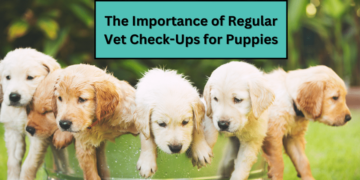
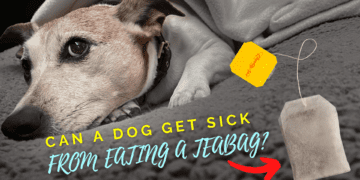
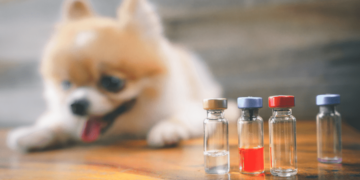


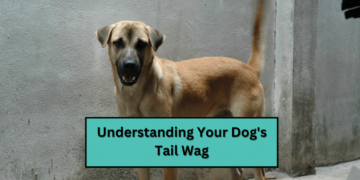

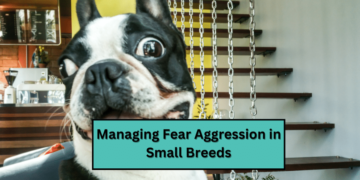








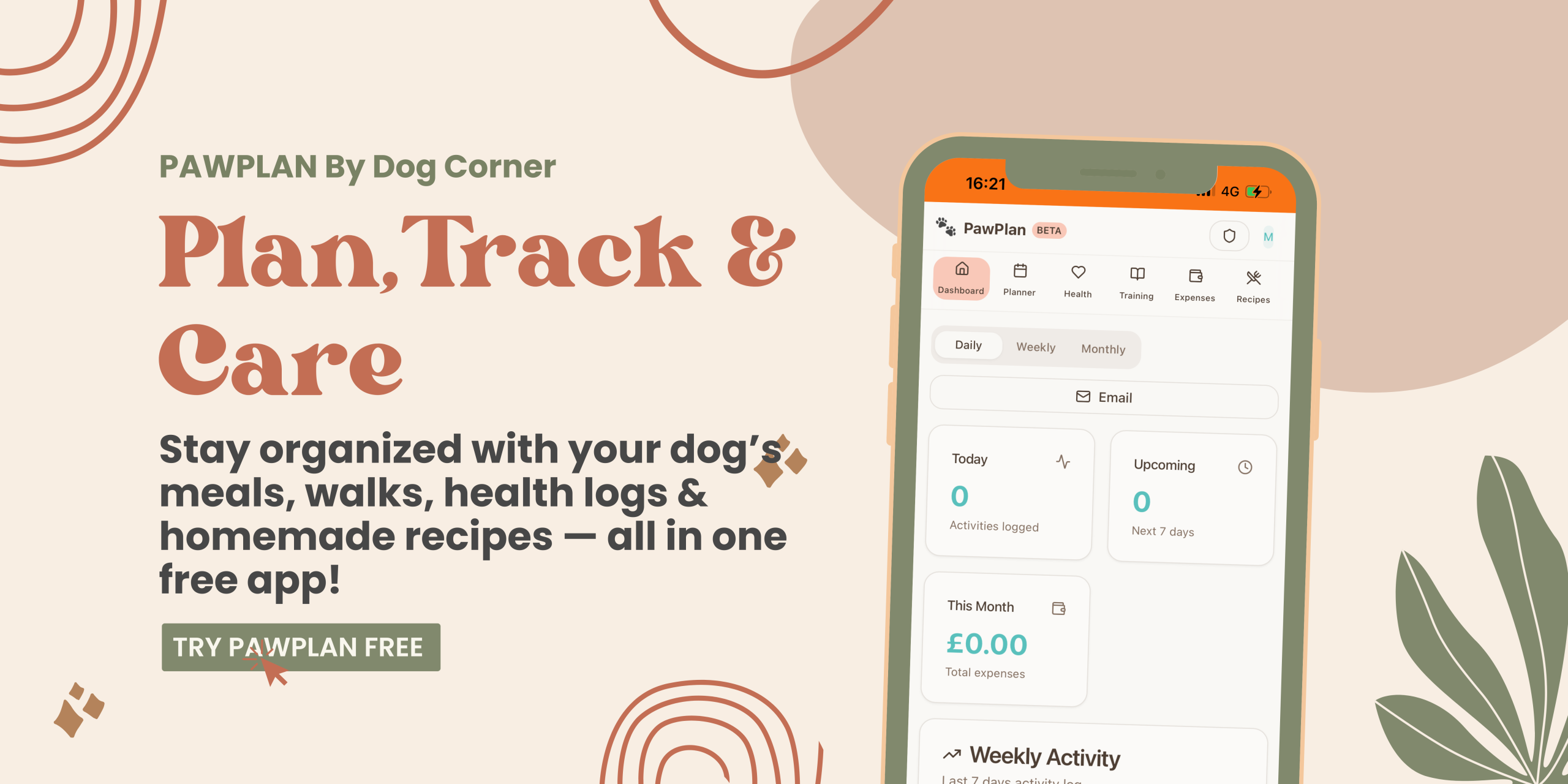










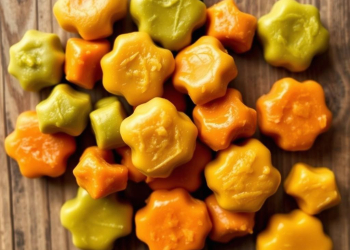



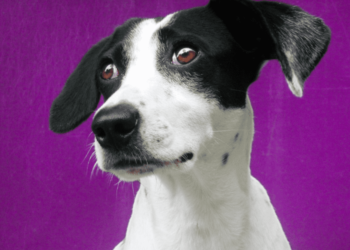








Discussion about this post